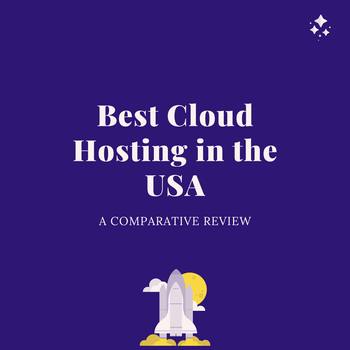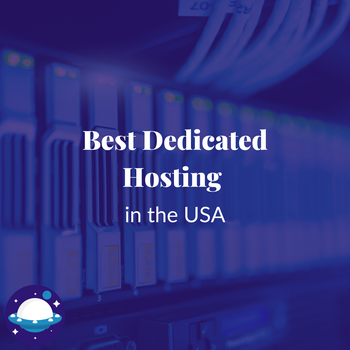Microk8s vs K3s

Running a lightweight Kubernetes is a great way to test your Kubernetes skills in your local development environment. Microk8s and k3s are two options that can get you started with little ops, minimal storage requirements, and basic networking resources.
Kubernetes is complex—because it is a tool designed by Google to cater for complex microservices and distributed environments. Especially when you are in the development or testing phase of your application, running k8s might be cumbersome, and using a managed Kubernetes service might be costly. To make it easier to run Kubernetes, especially in dev and test environments, we need a tool that simplifies this complexity. These days, many tools parade themselves, claiming to serve the purpose of Kubernetes in simpler form for smaller environments. Using such tools allows Kubernetes developers to easily test out their applications and ensure things will work as fine as they work in the dev/test environment in production. Of such tools, minikube, microk8s, kind, and k3s are some of the most trusted to deliver as expected. This article compares two of them, microk8s and k3s, by explaining what they offer and their differences to help you choose which is the best for your use case.
Microk8s
Developed by Canonical, microk8s is an open-source Kubernetes distribution designed to run fast, self-healing, and highly available Kubernetes clusters. It abstracts many of the complexities associated with the native Kubernetes thereby allowing you to run Kubernetes with little operations for multiple platforms.
Microk8s is optimized to provide a lightweight installation of single and multi-cluster Kubernetes for Windows, macOS, and Linux operating systems.
It is ideal for running Kubernetes clusters in the cloud, local development environments, Edge and IoT devices.
Micrk8s' containerized Kubernetes also runs efficiently in standalone Raspberry Pis and it installs some of the most widely used Kubernetes configuration, networking, and monitoring tools such as Prometheus and Istio by default.
It integrates easily with multiple cloud platforms including AWS, Google Cloud Platform, Azure, and Oracle Cloud to enable GPU acceleration for running Kubernetes in high-compute states.
K3s
K3s is a lightweight, highly available, easy-to-use tool created to run production-level Kubernetes workloads in low-resourced and remote environments.
It is a fully CNCF-certified Kubernetes distribution designed with a single 40MB or less binary that runs the complete Kubernetes API on low-resource environments such as edge and IoT devices.
It is optimized to run on ARM64 and ARMv7 based platforms as well as Raspberry Pi.
Using virtual environments such as VMWare or VirtualBox, k3s also allows you to run a simple, secure, and well-optimized Kubernetes environment in your local development machine.
Microk8s vs k3s: What is the difference?
Microk8s is a low-ops production Kubernetes. Even though it works fine on AMD64 and ARM64 environments, it does not install on ARM32 architectures - which k3s does. Therefore, k3s may be preferred if you're using Kubernetes in an extremely restricted environment.
K3s removes some of the dispensable features of Kubernetes and uses lightweight components like SQLite3 to provide a significant downsizing to the size of Kubernetes.
K3s setups Kubernetes on environments with low or constrained resources within a short time. One of k3s' features that stands out among others is auto-deployment. It monitors changes to your Kubernetes manifests or Helm charts and applies the changes in the environment without any further interaction.
However, both microk8s and k3s are great tools for running minified versions of Kubernetes in local development environments, cloud, edge, and IoT devices.
Get similar stories in your inbox weekly, for free
Share this story:

The Chief I/O
The team behind this website. We help IT leaders, decision-makers and IT professionals understand topics like Distributed Computing, AIOps & Cloud Native
Latest stories
Best Cloud Hosting in the USA
This article explores five notable cloud hosting offers in the USA in a detailed way.
Best Dedicated Hosting in the USA
In this article, we explore 5 of the best dedicated hosting providers in the USA: …
The best tools for bare metal automation that people actually use
Bare metal automation turns slow, error-prone server installs into repeatable, API-driven workflows by combining provisioning, …
HIPAA and PCI DSS Hosting for SMBs: How to Choose the Right Provider
HIPAA protects patient data; PCI DSS protects payment data. Many small and mid-sized businesses now …
The Rise of GPUOps: Where Infrastructure Meets Thermodynamics
GPUs used to be a line item. Now they're the heartbeat of modern infrastructure.
Top Bare-Metal Hosting Providers in the USA
In a cloud-first world, certain workloads still require full control over hardware. High-performance computing, latency-sensitive …
Top 8 Cloud GPU Providers for AI and Machine Learning
As AI and machine learning workloads grow in complexity and scale, the need for powerful, …
How ManageEngine Applications Manager Can Help Overcome Challenges In Kubernetes Monitoring
We tested ManageEngine Applications Manager to monitor different Kubernetes clusters. This post shares our review …
AIOps with Site24x7: Maximizing Efficiency at an Affordable Cost
In this post we'll dive deep into integrating AIOps in your business suing Site24x7 to …
A Review of Zoho ManageEngine
Zoho Corp., formerly known as AdventNet Inc., has established itself as a major player in …












